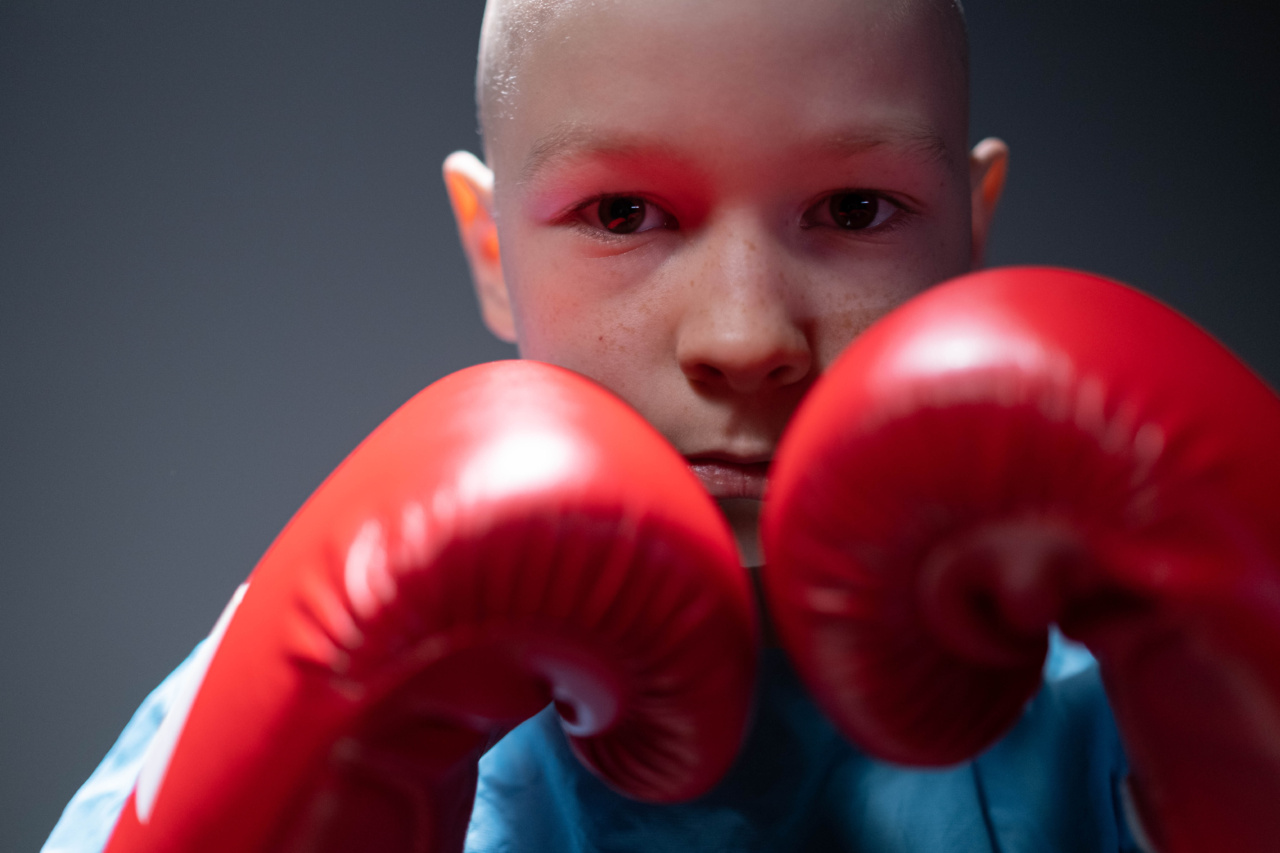Participating in sports and physical activities is an integral part of a child’s development. It helps them learn teamwork, discipline, and important life skills.
However, it is crucial to prioritize the safety of children, ensuring that they are protected from potential risks and injuries. One area often overlooked in this aspect is eye protection. Many parents, coaches, and even young athletes underestimate the importance of protecting a child’s eyes while playing sports.
In this article, we will delve into the significance of eye protection for kids in sports and why it should be a top priority.
The Vulnerability of Children’s Eyes
Children’s eyes are extraordinarily delicate and susceptible to damage. Unlike adults, children’s eyes are still developing, and any injuries or harm inflicted during this crucial growth period can have long-lasting consequences.
It is the responsibility of parents, coaches, and sports organizations to ensure that children are adequately protected from eye injuries while participating in sports.
Common Eye Injuries in Sports
Sports-related eye injuries are more common than many people realize. According to the American Academy of Ophthalmology, every 13 minutes, an emergency room in the United States treats a sports-related eye injury.
The following are some of the most common eye injuries that children can sustain while playing sports:.
1. Blunt Trauma
Blunt trauma occurs when a forceful impact strikes the eye area. This can happen in contact sports such as football, baseball, or hockey.
A ball, elbow, or another player’s hand can cause an injury that results in bruises, fractures, or even damage to the retina.
2. Penetrating Injuries
Some sports involve the use of sticks or projectiles that can directly hit the eye. Examples include archery, fencing, or even certain water sports.
These activities pose a risk of penetrating injuries, where the object enters the eye, potentially causing internal damage and permanent vision impairment.
3. Chemical Exposure
Sports like swimming or even science experiments involving chemicals can expose children to harmful substances that can irritate or damage their eyes.
Chlorine in swimming pools, for instance, can cause redness, irritation, and even infections if not properly managed.
4. UV Radiation
Outdoor sports expose children to harmful ultraviolet (UV) radiation. Prolonged exposure to UV rays can increase the risk of developing eye conditions such as cataracts, macular degeneration, and even certain types of eye cancer.
It is important to provide children with appropriate UV-blocking sunglasses or sports goggles to protect their eyes from these harmful rays.
The Importance of Eye Protection
Eye protection should be a non-negotiable requirement for children participating in sports. Here are some key reasons why eye protection is so important:.
1. Preventing Serious Eye Injuries
Wearing appropriate eye protection significantly reduces the risk of serious eye injuries. Research conducted by the National Eye Institute indicates that protective eyewear can prevent up to 90% of all sports-related eye injuries.
It acts as a barrier against strong impacts, flying objects, or harmful substances, providing much-needed protection for children’s vulnerable eyes.
2. Preserving Long-Term Vision
The eyesight children have in their youth greatly impacts their vision throughout their lives. By protecting their eyes during sports activities, parents and coaches can significantly reduce the risk of long-term vision problems related to eye injuries.
This includes conditions such as vision loss, retinal detachment, or even blindness that can have a profound impact on a child’s quality of life.
3. Fostering Confidence and Performance
When children feel safe and protected, they are likely to perform better in sports. The use of proper eye protection gear instills a sense of confidence in children, allowing them to focus on their game without worrying about potential eye injuries.
By prioritizing their safety, we create an environment where young athletes can flourish and reach their full potential.
4. Setting a Positive Example
Parents and coaches play a crucial role in encouraging children to prioritize safety in sports.
By consistently emphasizing the importance of eye protection, adults can set a positive example that will stay with children throughout their sporting careers. They will grow into responsible adults who understand the significance of protecting themselves and others from potential harm.
Choosing the Right Eye Protection
When it comes to eye protection for kids in sports, it is essential to choose the right gear. Here are a few factors to consider:.
1. Sport-Specific Eyewear
Not all eye protection gear is suitable for every sport. Different sports require specific types of eyewear that offer protection against the particular risks associated with that sport.
For example, polycarbonate goggles may be appropriate for racquetball or basketball, while a strong faceguard helmet may be necessary for football or lacrosse.
2. Proper Fit
The eyewear should fit comfortably and snugly on a child’s face. Ill-fitting eyewear may not provide adequate protection and could even hinder performance.
It is crucial to ensure that the eyewear does not obstruct the child’s vision and allows for easy movement during the game.
3. Good Visibility
Choosing eye protection with good visibility is essential to ensure that children can see clearly while playing. Distorted or obstructed vision can affect their performance and make them more susceptible to accidents or collisions with other players.
4. UV Protection
For outdoor sports, it is essential to select eye protection that offers adequate UV protection. Look for products that provide 100% UV blockage to shield children’s eyes from harmful rays.
This is particularly crucial during peak sunlight hours when the risk of UV damage is at its highest.
Conclusion
Ensuring proper eye protection for children participating in sports is both a responsibility and a necessity. By prioritizing eye safety, we can significantly reduce the risk of severe eye injuries and long-term vision problems.
Parents, coaches, and sports organizations need to provide the right eye protection gear and set a positive example for young athletes. Let us promote a culture of safety and protection, enabling children to pursue their passion for sports with confidence, knowing that their eyes are shielded from potential harm.































